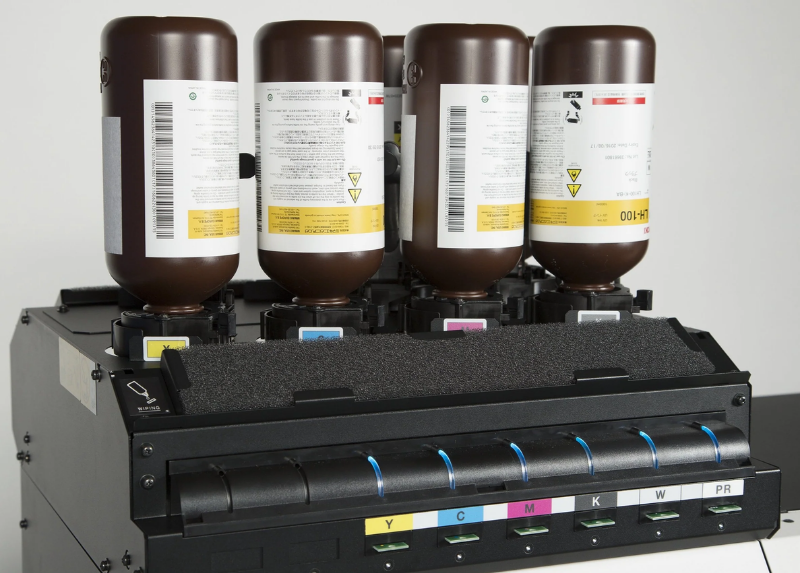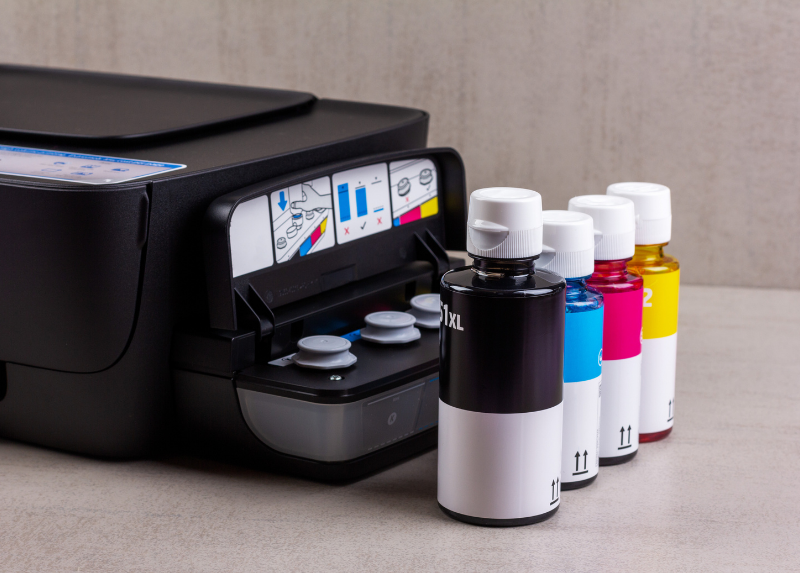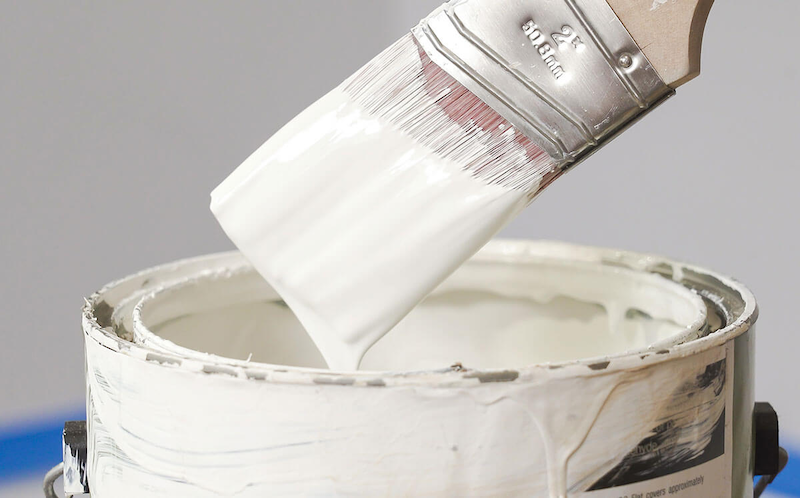Industrial Solvent Xylene: Properties, Applications, and Usage Precautions
14/07/2025
|
Industry news
Xylene Solvent is currently considered one of the most widely consumed products in the industrial chemical and manufacturing market. So, what is Xylene solvent? The following article provides readers with an overview of Xylene, including its distinct properties, production process, applications, and usage precautions. Let’s dive in!
What is Industrial Xylene Solvent?
Industrial Xylene solvent (also known as Xylene or Dimethylbenzene) is a chemical compound belonging to the aromatic hydrocarbon group, with the chemical formula C₆H₄(CH₃)₂. It is a colorless, volatile liquid with a mildly sweet, characteristic aromatic odor and is widely used in many industrial sectors due to its excellent solvency.
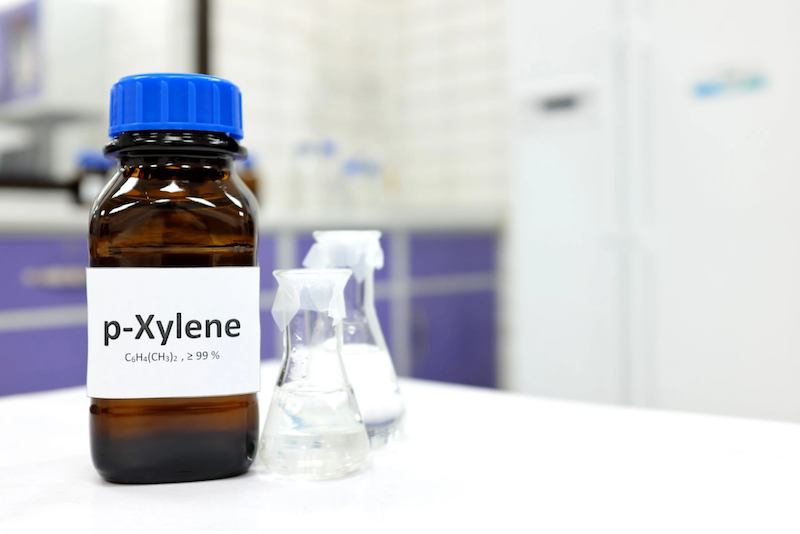
Properties of Xylene
Physical Properties
Xylene is a liquid with specific physical characteristics that vary slightly depending on its isomers (ortho-, meta- or para-Xylene). Below are the main properties of commercial Xylene mixtures:
- State: Colorless, transparent liquid
- Odor: Mildly sweet, characteristic aromatic hydrocarbon smell
- Boiling point:
- ortho-Xylene: ~144°C
- meta-Xylene: ~139°C
- para-Xylene: ~138°C
- Xylene mixture: ~138 – 144°C
- Melting point:
- ortho-Xylene: -25°C
- meta-Xylene: -48°C
- para-Xylene: 13°C (more easily crystallizes than other isomers)
- Density (at 20°C):
- ortho-Xylene: ~0.88 g/cm³
- meta-Xylene: ~0.86 g/cm³
- para-Xylene: ~0.86 g/cm³
- Mixture: ~0.86 – 0.88 g/cm³
- Viscosity: Low, about 0.6 – 0.8 cP (at 20°C), depending on the isomer
- Vapor pressure: Around 6 – 8 mmHg (at 20°C), indicating high volatility
- Solubility:
- Insoluble in water (very low solubility, ~0.02 g/100 mL)
- Highly soluble in organic solvents such as ethanol, ether, benzene, acetone, oils, and fats
- Refractive index: ~1.495 – 1.505 (at 20°C)
- Flammability: Flash point approximately 25 – 32°C (depending on isomer), making it highly flammable
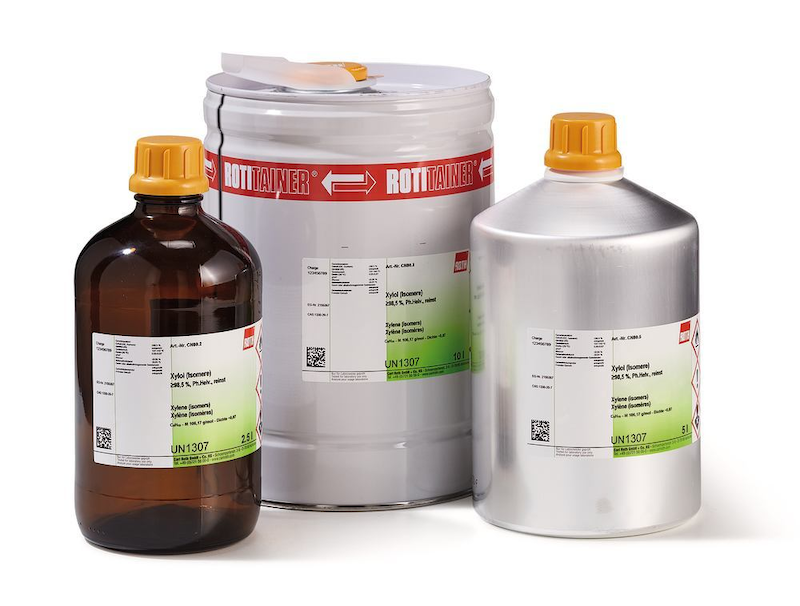
Chemical Properties
Xylene belongs to the aromatic hydrocarbon group, featuring a benzene ring with two methyl (-CH₃) groups attached. Therefore, it exhibits the typical chemical characteristics of both aromatic rings and alkyl groups:
1 – Relative Inertness
Xylene is relatively chemically stable due to its aromatic benzene ring structure, making it resistant to decomposition under normal conditions.
Electrophilic Aromatic Substitution: The benzene ring in xylene can undergo substitution reactions with strong electrophiles such as halogens (Cl₂, Br₂), nitration agents (HNO₃), or sulfonation agents (H₂SO₄).
Example: Xylene + Cl₂ (in the presence of FeCl₃ catalyst) → Chloroxylene.
The methyl groups activate the benzene ring, increasing its reactivity compared to pure benzene.
2 – Oxidation
Under strong oxidation conditions (e.g., using KMnO₄ or chromic acid), the methyl groups (-CH₃) on xylene can be oxidized to carboxyl groups (-COOH), forming corresponding phthalic acids:
- Ortho-xylene → Phthalic acid
- Meta-xylene → Isophthalic acid
- Para-xylene → Terephthalic acid (used as a raw material for PET plastic production)
3 – Combustion Reaction:
Xylene burns completely in air to produce CO₂ and H₂O:
C₆H₄(CH₃)₂ + 9O₂ → 8CO₂ + 5H₂O
It is highly flammable and should be kept away from sparks or high temperatures.
- Weak Reducibility:
Xylene does not readily participate in reduction reactions unless special catalysts are present (such as hydrogenation with Ni or Pt). - No Reaction with Water or Weak Acids/Bases
- Due to its hydrocarbon nature, xylene does not undergo hydrolysis or react with common acids or bases under normal conditions.
Industrial Production Process of Xylene
Catalytic Reforming Process (Catalytic Reforming)
Purpose: To convert straight-chain hydrocarbons (paraffins) and cyclic hydrocarbons (naphthenes) into aromatic hydrocarbons, including xylene.
Steps:
- Feedstock Preparation: Obtain a naphtha fraction (boiling point range: 70 – 200°C) from crude oil via fractional distillation.
- Catalytic Reforming: The naphtha is passed through a reactor containing a catalyst (commonly Platinum (Pt) or Rhenium (Re) on an Al₂O₃ base) at high temperatures (450 – 550°C) and moderate pressure (10 – 30 atm).
- Reaction: Paraffins → Naphthenes → Aromatic hydrocarbons (benzene, toluene, xylene).
- Result: A BTX (Benzene, Toluene, Xylene) mixture is formed, with xylene accounting for a significant portion.
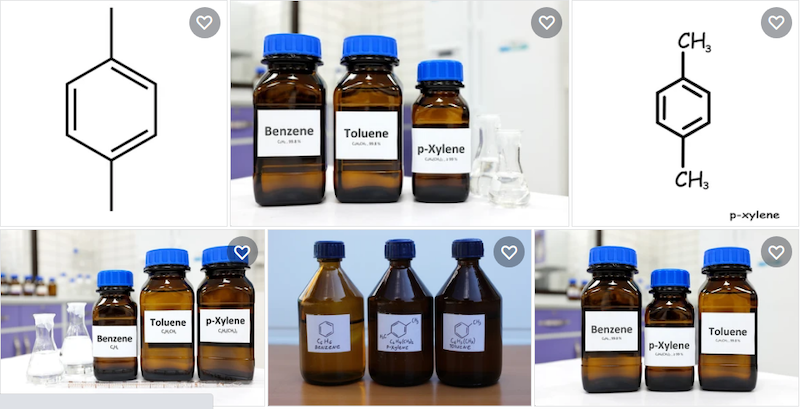
Toluene Disproportionation Process
Purpose: To convert toluene (C₆H₅CH₃) into benzene and xylene in order to increase the yield of xylene.
Chemical Reaction: 2 C₆H₅CH₃ → C₆H₆ (benzene) + C₆H₄(CH₃)₂ (xylene)
Steps:
Step 1 – Toluene is fed into a reactor with a catalyst (commonly zeolite such as ZSM-5).
- The reaction takes place at a temperature of 400 – 500°C and under low pressure.
- The resulting products are a mixture of benzene and xylene (typically including o-, m-, and p-xylene).
Step 2 – Xylene Separation and Purification
Once a BTX (Benzene-Toluene-Xylene) mixture or xylene-containing mixture is obtained, xylene must be separated and purified.
Step 3 – Fractional Distillation
The BTX mixture is introduced into a distillation column for separation based on boiling points:
- Benzene: ~80°C
- Toluene: ~110°C
- Xylene: ~138 – 144°C
Result: A crude xylene fraction (usually containing o-, m-, p-xylene and ethylbenzene)
Step 4 – Xylene Isomer Separation
Due to the close boiling points of the three xylene isomers (ortho, meta, para), regular distillation is insufficient for separation.
Step 5 – Fractional Crystallization
Used to separate p-xylene (melting point 13°C, higher than other isomers) by cooling the mixture.
Step 6 – Selective Adsorption
Zeolite is used to separate p-xylene based on molecular size.
Step 7 – Enhanced Distillation
Ethylbenzene (boiling point ~136°C) is removed from the xylene mixture.
Step 8 – Purification
Remaining impurities (such as water or sulfur compounds) are removed using adsorption columns or chemical washing.
Applications of Xylene in Industry
- Paints and Coatings: Adjusts paint viscosity, speeds up drying, and helps create smooth, glossy finishes.
- Printing Inks: Acts as a thinner to adjust ink consistency.
- Adhesives and Glues: Serves as a solvent in the production of industrial adhesives, wood glue, and resin-based binders.
- Industrial Cleaning: Used to remove grease, tar, and residues from machinery, equipment, and metal surfaces.
- Rubber and Plastics: Dissolves natural or synthetic rubber for use in tire production, conveyor belts, or plastic products.

Precautions When Using Xylene
- Health Safety: Can irritate the skin and eyes; may cause organ damage if ingested.
- Fire Safety: Highly flammable when exposed to flames or high temperatures.
- Storage:
- Store in sealed containers made of stainless steel or chemical-resistant plastic (avoid aluminum, as xylene can cause mild corrosion).
- Keep in a dry, well-ventilated place, away from direct sunlight and high temperatures (>40°C).
- Always read the MSDS carefully before use.

Xylene is widely used in modern life. However, the market faces increasing concerns over substandard xylene products. Poor quality xylene affects the final product’s durability and functionality. Therefore, businesses should source from reputable suppliers that specialize in industrial chemicals and offer certified, quality-assured products.
Contact K-Chem – Trusted Bulk Xylene Supplier with Competitive Prices, get free consultation from our team of experienced experts!
K-CHEM VIETNAM CO., LTD
- Address: N6B Street, Lot F, Phu Chanh 1 Industrial Cluster, Phu Chanh Ward, Tan Uyen City, Binh Duong Province, Vietnam
- Tel: +84 274 362 0218
- Email: info@k-chem.vn


